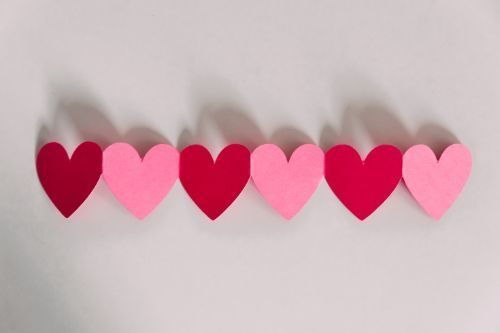Learn About Non-Suicidal Self-Injury (NSSI)

Non-suicidal self-injury (NSSI), commonly known as self-harm, is defined as deliberately injuring oneself as a means of dealing with emotional stressors. People who self-harm (only five percent are adults, according to Mental Health America. "Rates are higher among adolescents, with approximately 17 percent of teens reporting some form of self-injury. Studies show an even higher risk for self-injury among college students, with rates ranging from 17-35 percent." It is important to know that self-harm, while destructive, does not include suicide.
Mental Health America reports, "People who self-injure commonly report they feel empty inside, over or under stimulated, unable to express their feelings, lonely, not understood by others, and/or fearful of intimate relationships and adult responsibilities. Self-injury is their way to cope with or relieve painful or hard-to-express feelings."
The most common form of NSSI is self-cutting, but other forms include burning, scratching, hitting, intentionally preventing wounds from healing, and other similar behaviors.
Please explore these resources to learn more about symptoms, treatment, how to understand a friend or family member's behavior, and how to help.
Downloadable Resources
-
Symptoms, forms of self-injury, when a friend or family member self-injures, causes, risk factors
-
What is NSSI? Why do people engage in NSSI? Treatment for NSSI.
-
Prevalence, causes, criteria for receiving a diagnosis, warning signs
-
"March is dedicated as the self-harm awareness month to spread light on the topic of self-injury and help people dealing with it come out of the shade of shame and secrecy. This self-harm awareness month, we encourage our readers to raise open and supportive conversations around the issue and become more aware of the possible warning signs."
-
Virtual meetings for anyone who needs a safe space for self-harm recovery support
-
Claims for intentional self-harm as a percentage of all medical claim reports in the 13 to 18 age group increased 99.8% during the pandemic.

